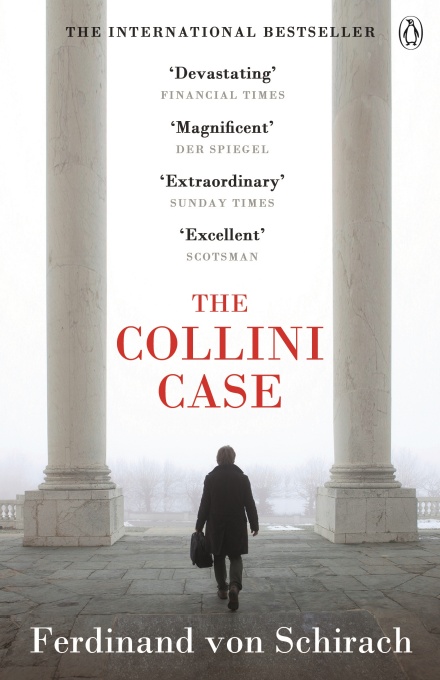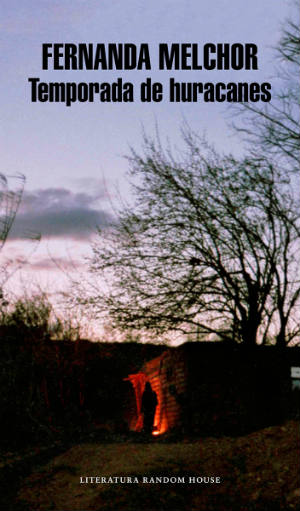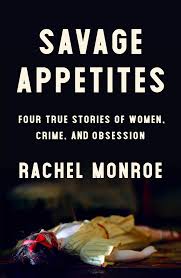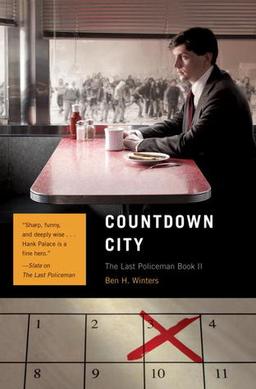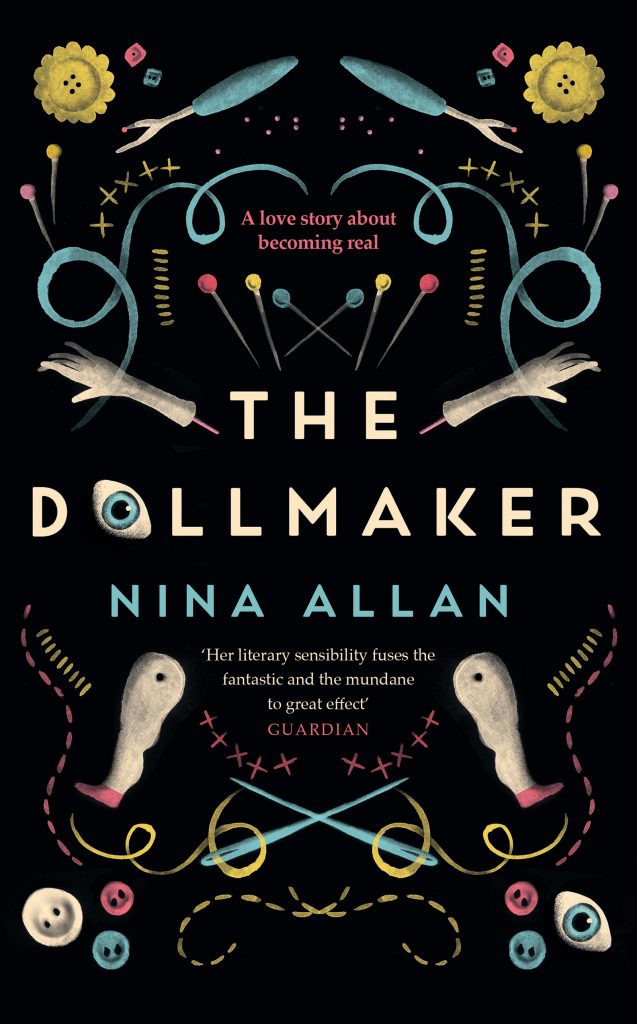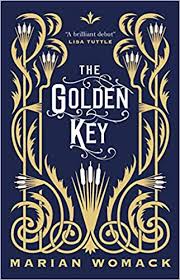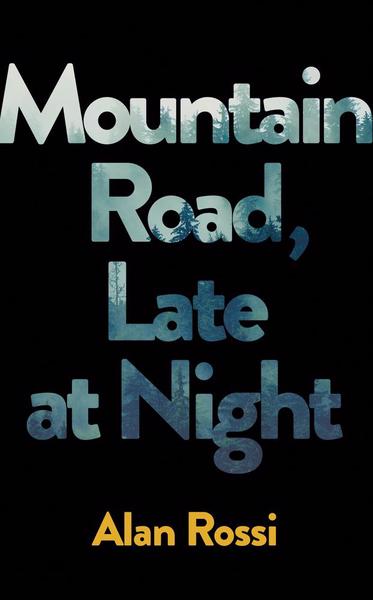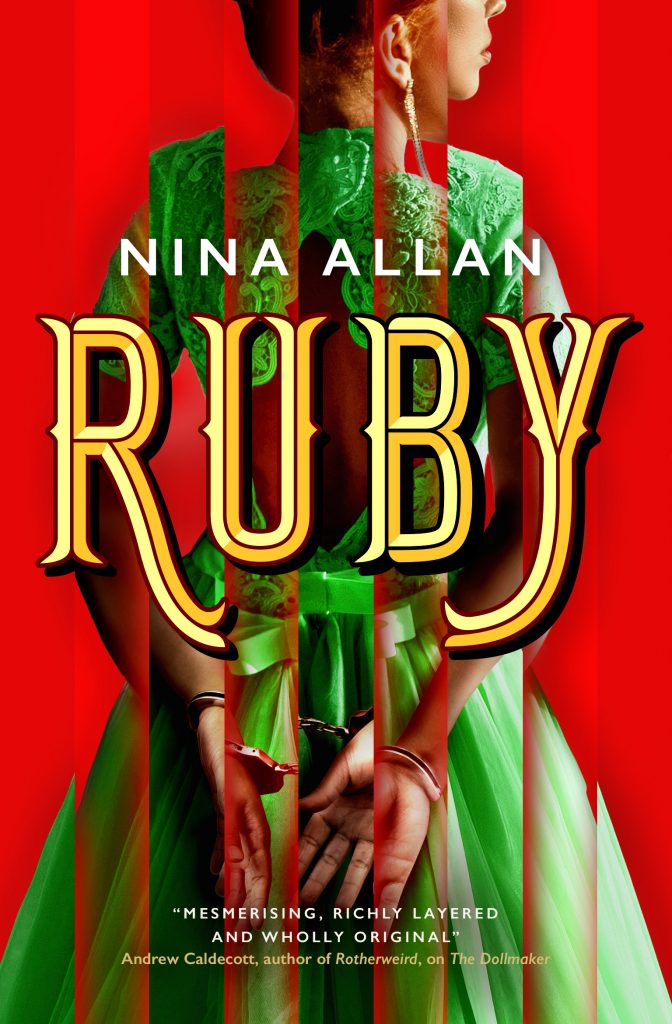An Isolated Incident by Emily Maguire (2017)
I discovered this book via an end-of-year crime novels list. I’d not come across the author before, and was particularly interested to see that An Isolated Incident had been shortlisted for Australia’s prestigious Miles Franklin Award in 2017. The disarming, colloquial style grabbed me at page one and I dived straight in. I was brought up short almost immediately by a passage somewhere around the middle of the first chapter, in which one of the main characters, Chris, describes what it was like for her to begin puberty early, and the consequent sexual bullying she suffered at school:
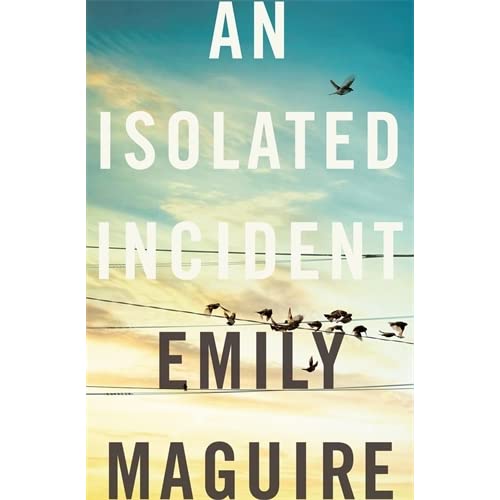
My problem was my tits. I was too young when they sprouted and then they grew so fast. Eleven, twelve, thirteen and growing used to feeling naked, feeling rude because of the way boys and men – old men, teacher men, family men, strange men, friendly men – looked at me and found reasons to touch me and press against me and every now and then go for a sneaky grope. It set me apart from the other girls and made their mothers narrow their eyes and suggest I put on a jumper when it wasn’t cold and made the boys my age laugh and call out slut or showsyertits as I walked past. These giant tits that told everyone I was a scrubber and easy and trash.
The passage made me feel uncomfortable. The way Chris seemed so fixated on her own body – on herself as a sexual being – gave me an overpowering sense of mental claustrophobia. I felt alienated by it, and by her. I decided the book was not for me and switched over to reading something else.
The following day though I picked it up again. I decided I’d been too hasty, unfair to the writer. Also, something about the way I’d reacted – that sense of irritation, almost of outrage – had started to nag at me. What exactly was I annoyed about, and why? I began reading the book again from the beginning and this time when I got to the tits part I started to think about a girl I knew in primary school – let’s call her Mary – who had suffered exactly the same kind of bullying on account of her body.
Mary started her period when she was ten years old. I remember because it happened on a school trip. We were camping out in a field overnight, and although I’m sure the teachers did their best to guard Mary’s privacy, word soon raced round the group about what had happened. There was a lot of sniggering among the boys, terrified outrage among the girls. You have to remember that this was the 1970s – starting your period was something you kept secret and even something so simple and normal as buying sanitary products could be fraught with embarrassment. From that moment on, Mary was not the same as the rest of us, or not seen as the same. She was not ostracised exactly, though the effect on her must have been similar. She was set apart, talked about, whispered about. Weird rumours began to spring up about her home life, about her mother. All this because Mary had started her period early and had nascent breasts. I have no idea if any of those rumours about a troubled background were even remotely true – I have the feeling it was simply that Mary’s mum was bringing her up alone. What I do know is that from then on, Mary was branded the school bike. She was easy, she was dirty, she knew stuff she shouldn’t at her age. It was all right to call her a whore because that was what she was.
Reading Emily Maguire, I thought of what Mary must have been going through, and felt newly appalled. I never joined in with the shaming and bullying of Mary but I do remember I started to give her a wide berth, in my head as much as on the playground. To think of her as dangerous, to think, most of all, that she was ‘not like me’.
My own experience of pre-pubescence and adolescence was very different from Mary’s, the opposite of hers in fact, demeaning and psychologically damaging in other ways. As my memories of that time continued to unfold, I recalled an incident I hadn’t thought about for forty years. We were at middle school by then, just entering the age of who do you fancy? and covert assignations behind the bike sheds. I remembered bawling my eyes out at the school disco because a boy I was obsessed with didn’t seem to realise I even existed. I remembered how it was Mary who came up to me, who asked if I was all right, who handed me a tissue and then gave me a stark piece of advice: there’s nothing to cry about really, none of them matter.
Mary still looked older than the rest of us, with a careworn, hard-bitten resilience about her that makes me ache inside when I think about her now. What I felt at the time was surprise – surprise that Mary was actually an OK person, that she was intelligent and had things to say that were worth listening to. Most of all that she had spoken to me, that she had observed what was happening and wanted to help. That she had noticed me at all – the kind of person who barely figured in a world like hers – was a source of wonderment. I felt guilty and awed before her, and even at twelve years old I knew I had learned something.
*
What I did not begin to learn until much later was that in spite of the differences in how Mary and I were perceived, the same forces were being enacted upon the both of us. Rules that define how a woman should be and what behaviour is acceptable. Though the metrics were different, Mary was not acceptable and neither was I. As to what would have been acceptable, I now also understand that the answer is nothing. Whichever way you have of being a woman, there will be someone, somewhere, eager and willing to tell you what is wrong with it.
There has been progress in the years between then and now, but there are still remnants and echoes of those attitudes everywhere and not least in ourselves: we don’t talk about this stuff, we don’t need to talk about this stuff because it demeans us and reveals our vulnerability. Better barrel on through, pretend it doesn’t happen, or not any more, pretend we don’t hear.
These are the issues Emily Maguire is addressing in her work. The provocative nature of her writing is there to be just that: provocative. To provoke a reaction, to ask us to think about those reactions and what they say, not just about us as readers but the society in which we live and in which we read. I read the tits passage again. Still too on the nose for me, I thought. What I meant was, I wouldn’t have written it that way – too overtly polemical, not my style. But I felt glad Maguire had written it, that she’d had the guts to go for it. That it hadn’t been too on the nose for her.
*
An Isolated Incident concentrates on the aftermath of a murder that takes place in the small Australian town of Strathdee. Situated on what was once the direct route between Sydney and Melbourne, Strathdee used to see a lot of through-traffic. Now that a bypass has been built, the town is less busy but still attractive for those looking for somewhere to drive off the freeway for a beer and a cheap overnight stay. Tourists see Strathdee as the quintessential Australian town, truckers like it for its convenience. The place is a bit run-down, suffers the usual outbreaks of petty crime from time to time but nothing out of the ordinary and when Bella Michaels, a care worker at an old people’s home, is found brutally murdered just off the freeway the whole town is shaken. Bella was like her name: pretty and popular, definitely not the type to take lifts from dodgy strangers.
For her older sister Chris, Bella’s death is so traumatic it is barely comprehensible. For Sydney journalist May, fed up with being overlooked and desperate to get into crime reporting, it is an opportunity. The narrative switches between the two women as they seek answers not only about Bella’s death but about the town in which it occurred and the people who knew her.
Yet solving the murder is not An Isolated Incident’s primary focus. Maguire is more interested in how people react to Bella’s death – not just her fictional townspeople, but us as readers – and the assumptions we make about why and how it happened. For Chris, her sister’s murder marks the destruction of the one stable facet of a life spent teetering on the edge of dysfunction. For May, Bella’s death will force her to reassess all the decisions she has made so far, both in her personal relationships and in her career. Maguire invites us to look at how these two women – women we have been conditioned to see as very dissimilar – are subject to similar pressures.
Maguire is particularly persuasive about the appeal of both crime fiction and true crime narratives:
The squishy, reeking black truth of it was that reading about murder thrilled her, she supposed, in the exact same way that it thrilled the masses who snapped up true crime books in the millions and watched cheesy crime re-enactment shows and moody, gritty cable dramas. It was just so intimate.
Not only the act itself, though obviously that was, but the way that everything gets dug up and laid out in the aftermath. Homicide investigations – police ones and, sometimes even more so, media ones – open up private lives in an unprecedented way. Someone dies of natural causes, everyone’s all about respecting privacy. Someone gets murdered and it’s considered OK – helpful and responsible even – to delve into every email and text message, to lay out her underwear and porn collection, to note body hair removal habits, how often the sheets were changed, whether she preferred tampons to pads, condoms to an IUD. And not just the victim, either.
She is also uncomfortably close to the mark on women’s experience of sex in the type of heterosexual relationships – that is to say, a lot of them – that are primarily about the exchange of power:
May switched off the light, lay back down, pressed hard on the bruises inside her thighs, blood surging at the memory of Chas’s stabbing hipbones. Fucking whore. Him, her. What was the point? The hunger for flesh, the crazed greed that made everything permissible, and then the shame. Not shame about the fucking, but about the need for it. Shame that in the lead-up moments it felt so important and now, lying alone in her shitty hotel bed, it seemed as exciting and urgent as double-stitching the dropped hem of her suit pants.
Some of Maguire’s literary contrivances – this is May’s book we’re holding – seem over-familiar. Her front-and-centre, expository manner of building an argument may finally be too explicit, too unsubtle for the novel’s own good. I remain undecided about that – there is an argument to be made that these statements need to be unsubtle, because they need, more than anything, to be heard. What is certain is that this is combative, energised writing and we should pay attention to it, especially those aspects of it that strike us as most uncomfortable.
FURTHER READING: Charlotte Wood on women’s anger. A fantastic piece, with some great suggestions for what to read next.
